Tag: protein design
-
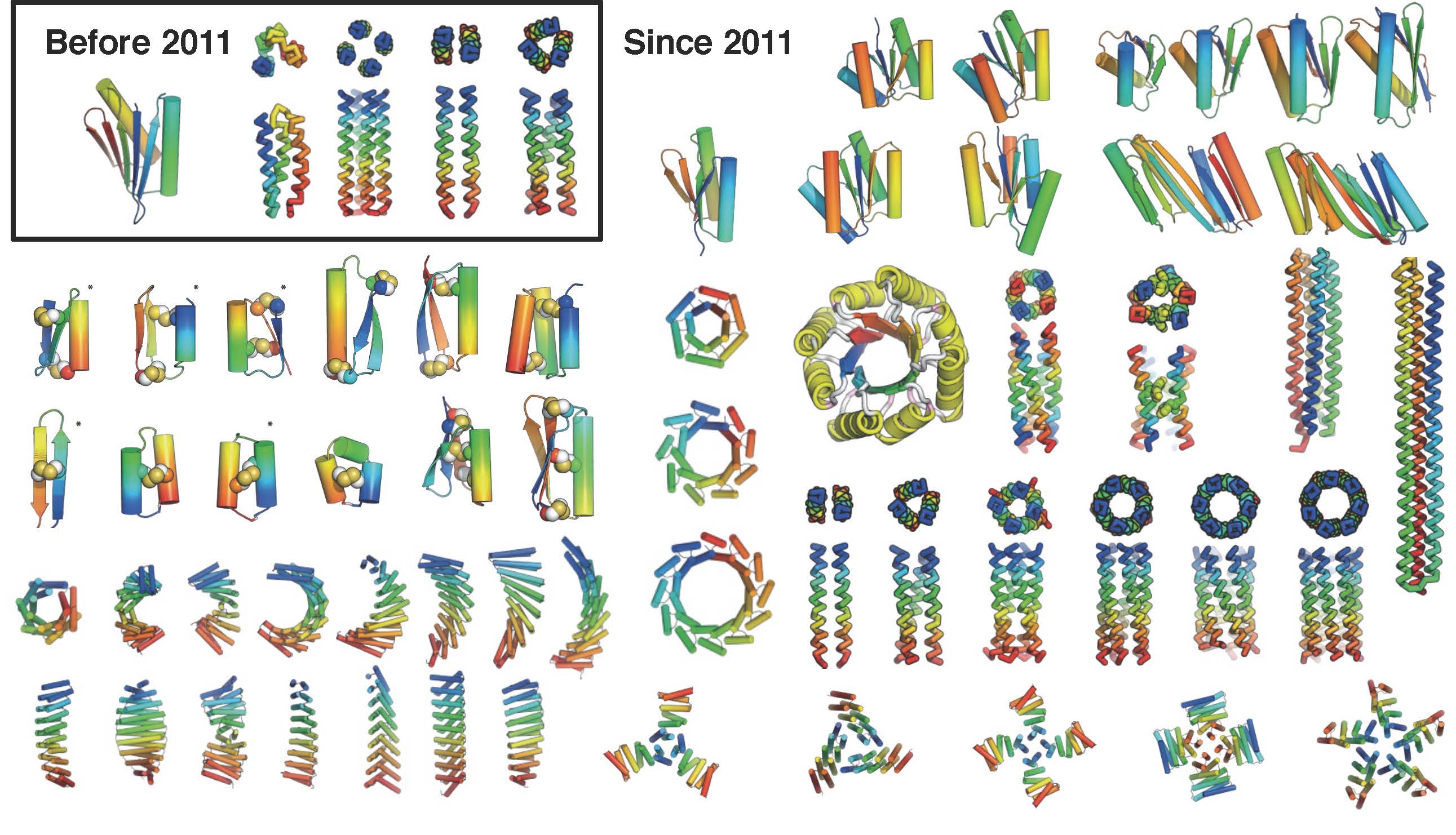
The coming of age of de novo protein design
Most protein design efforts to date have focused on reengineering existing proteins found in nature. By contrast, de novo protein design generates new structures from scratch, with sequences unrelated to naturally occurring proteins. Before 2011, the only successful de novo designed proteins were Top7 (2003), and an array of coiled coil peptides (helical bundles). In…
-
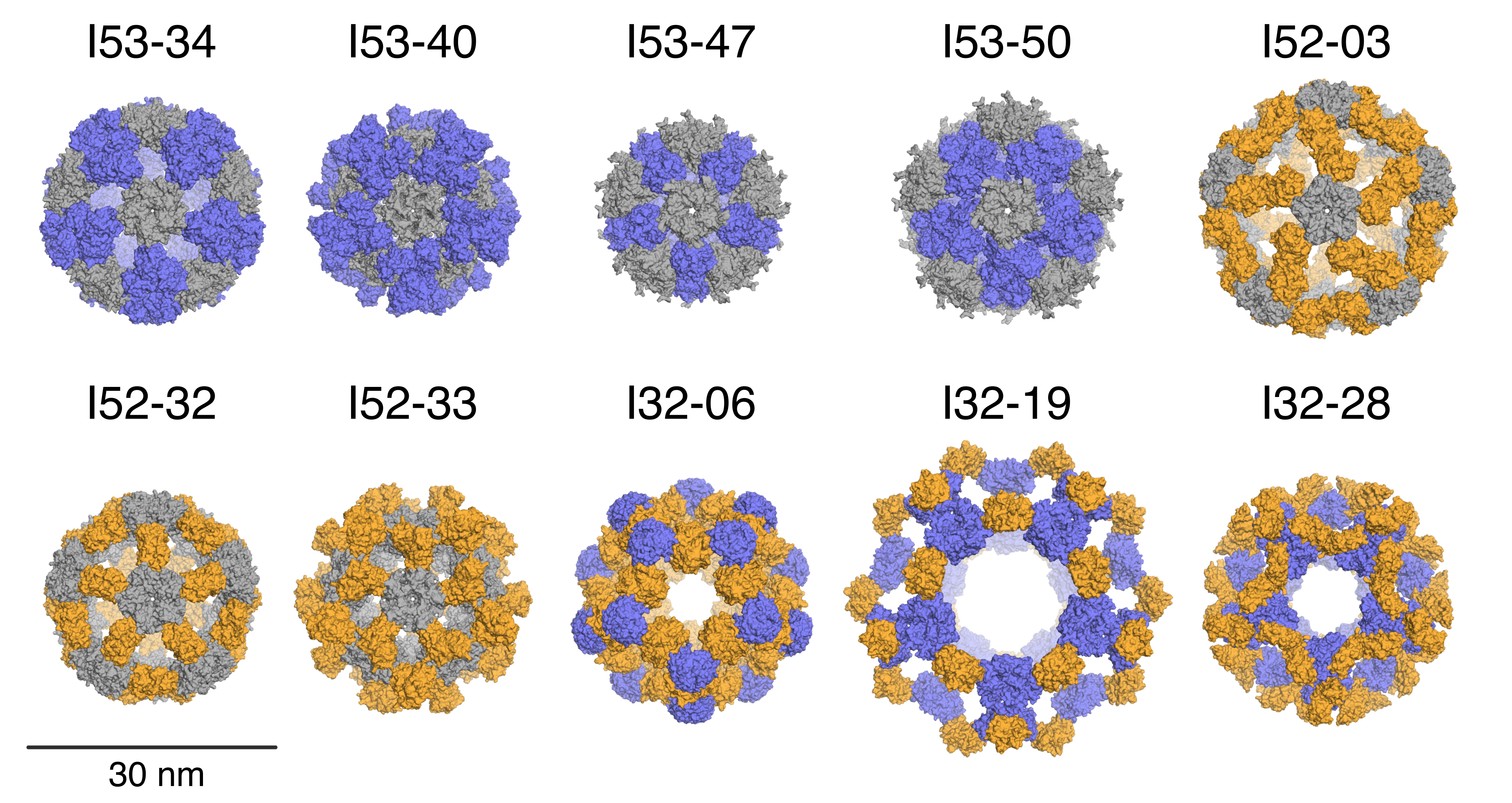
Accurate design of megadalton-scale two-component icosahedral protein complexes
Nature provides many examples of self- and co-assembling protein-based molecular machines, including icosahedral protein cages that serve as scaffolds, enzymes, and compartments for essential biochemical reactions and icosahedral virus capsids, which encapsidate and protect viral genomes and mediate entry into host cells. Inspired by these natural materials, we report the computational design and experimental characterization…
-
Arrivederci, Fabio!
This past Friday we bid a fond farewell to Fabio Parmegianni as he embarked on his next stage of life, or as some call it, the P.B. (Post-Bakerite) era. Though we will miss him, we wish him the best of luck at the University of Bristol in the UK. The lab will undoubtedly be a…
-
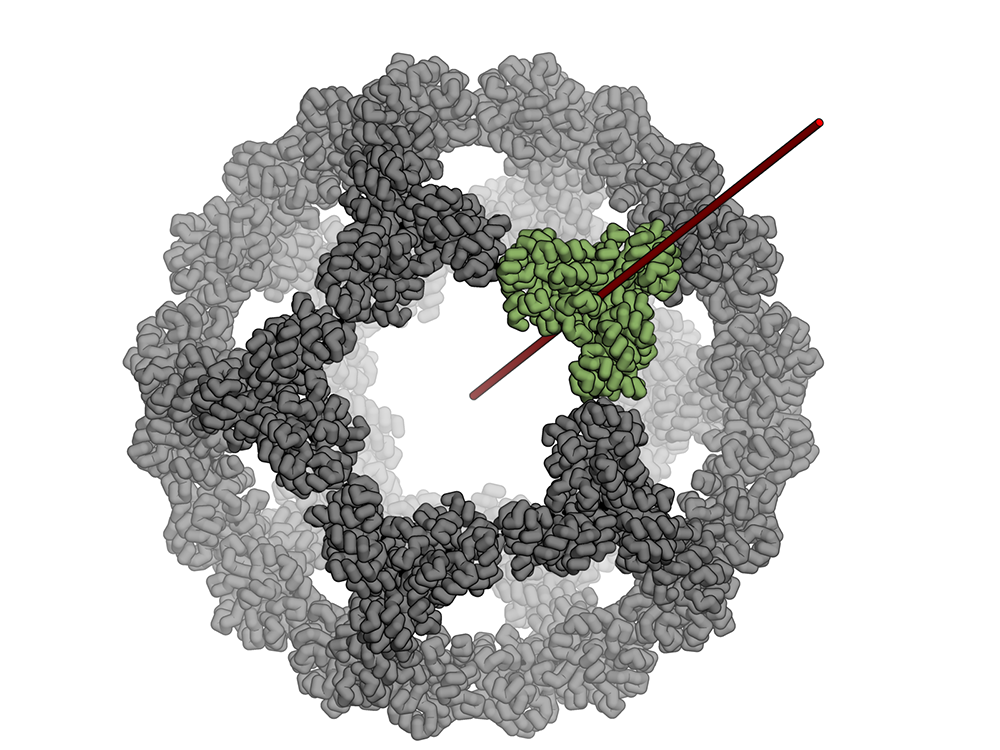
Design of a hyperstable 60-subunit protein icosahedron
The icosahedron is the largest of the Platonic solids, and icosahedral protein structures are widely used in biological systems for packaging and transport1, 2. There has been considerable interest in repurposing such structures3, 4, 5 for applications ranging from targeted delivery to multivalent immunogen presentation. The ability to design proteins that self-assemble into precisely specified,…
-
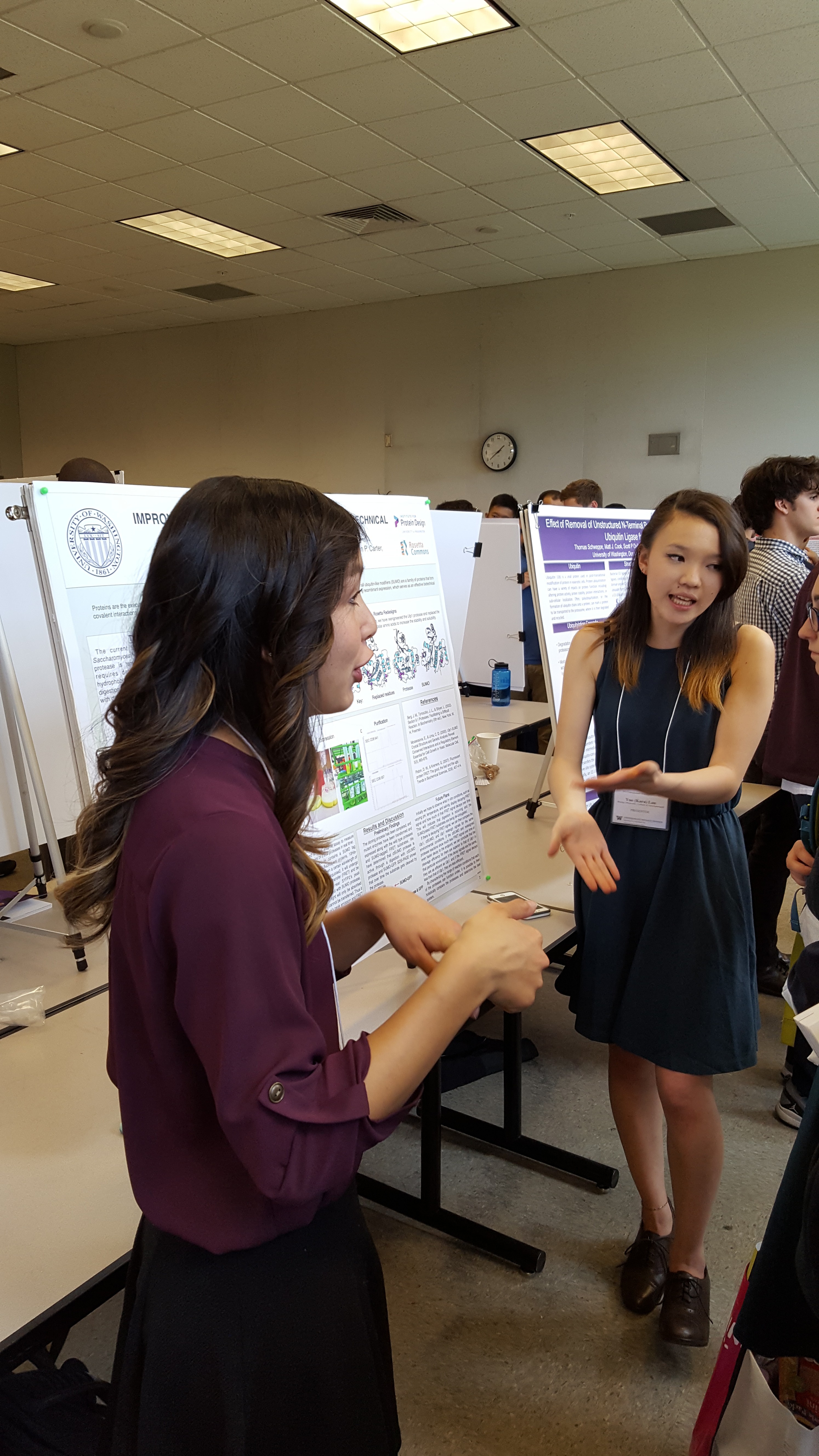
Undergrads Being Scientists!
On Friday, May 20, 2016, three of our undergrads participated in the 19th annual Undergraduate Research Symposium. Tessa Howard, Kara Lau, and Vanessa Nguyen presented posters on projects/topics stemming from their work done in our labs. We’d like to recognize the excellent job they did on their presentations! Please see below for their titles and…
-
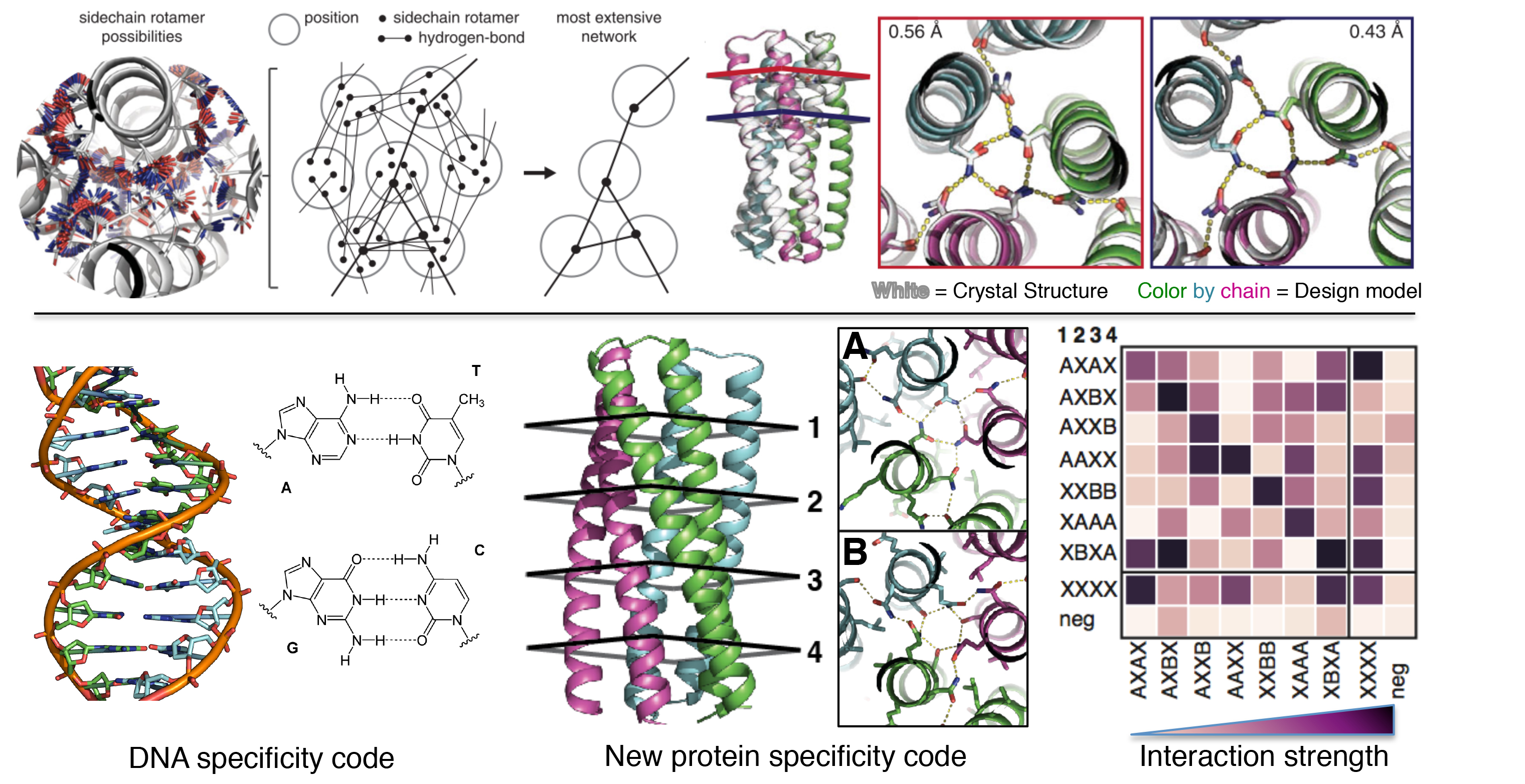
De novo design of protein homo-oligomers with modular hydrogen-bond network-mediated specificity
General design principles for protein interaction specificity are challenging to extract. In DNA, specificity arises from a limited set of hydrogen-bonding interactions in the core of the double helix to design and build a wide range of shapes. In proteins, specificity arises largely from buried hydrophobic packing complemented by irregular peripheral polar interactions. Protein-based materials…
-
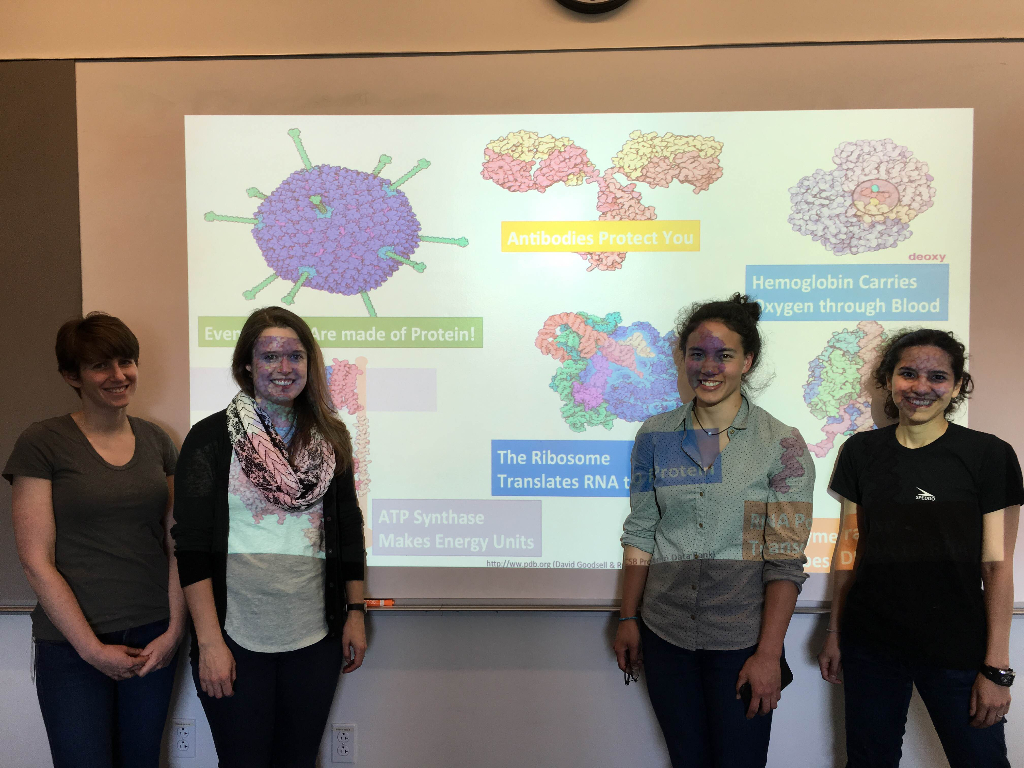
Community Involvement: Expanding Your Horizons Conference
Over the course of two weekends, one in March and the other in April, volunteers from the lab presented Foldit workshops at the Expanding Your Horizons conferences. They are aimed at girls in Jr and High School and focus on STEM topics. Our workshop was one of over 50+ that were available to chose from,…
-
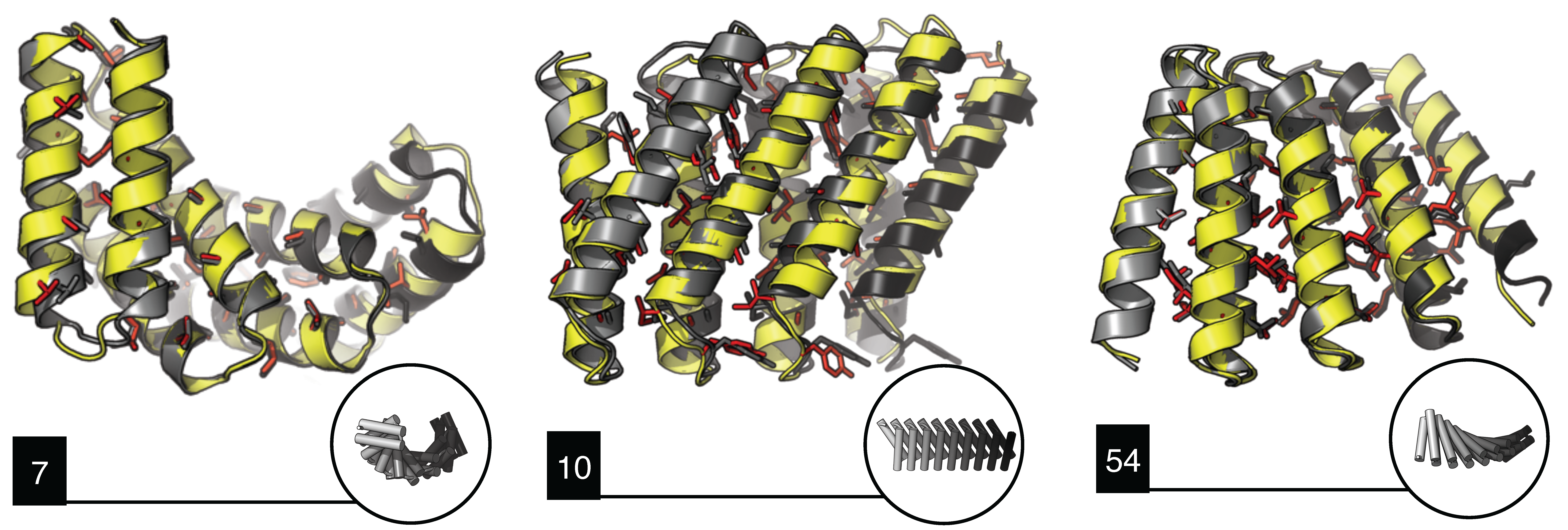
Exploring the repeat protein universe through computational protein design
A central question in protein evolution is the extent to which naturally occurring proteins sample the space of folded structures accessible to the polypeptide chain. Repeat proteins composed of multiple tandem copies of a modular structure unit are widespread in nature and have critical roles in molecular recognition, signalling, and other essential biological processes. Naturally…